Subscribe to our YouTube channel for the latest videos, updates, and tips.
Home | About Us | Contact Us | Privacy | Math Blog
Properties of Arithmetic Progression
We will discuss about some of the properties of Arithmetic Progression which we will frequently use in solving different types of problems on arithmetical progress.
Property I: If a constant quantity is added to or subtracted from each term of an Arithmetic Progression (A. P.), then the resulting terms of the sequence are also in A. P. with same common difference (C.D.).
Proof:
Let {a1, a2, a3, a4, ..............} ........... (i) be an Arithmetic Progression with common difference d.
Again, let k be a fixed constant quantity.
Now k is added to each term of the above A.P. (i)
Then the resulting sequence is a1 + k, a2 + k, a3 + k, a4 + k ..................
Let bn = an + k, n = 1, 2, 3, 4, ............
Then the new sequence is b1, b2, b3, b4, ...............
We have bn+1 - bn = (an+1 + k) - (an + k) = an+1 - an = d for all n ∈ N, [Since, <an> is a sequence with common difference d].
Therefore, the new sequence we get after adding a constant quantity k to each term of the A.P. is also an Arithmetic Progression with common difference d.
To get the clear concept of property I let us follow the below explanation.
Let us assume ‘a’ be the first term and ‘d’ be the common difference of an Arithmetic Progression. Then, the Arithmetic Progression is {a, a + d, a + 2d, a + 3d, a + 4d, ..........}
1. By adding a constant quantity:
If a constant quantity k is added to each term of the Arithmetic Progression {a, a + d, a + 2d, a + 3d, a + 4d, ............} we get,
{a + k, a + d + k, a + 2d + k, a + 3d + k, a + 4d + k, ...........} ............. (i)
First term of the above sequence (i) is (a + k).
Common difference of the above sequence (i) is (a + d + k) - (a + k) = d
Therefore, the terms of the above sequence (i) form an Arithmetic Progression.
Hence, if a constant quantity be added to each term of an Arithmetic Progression, the resulting terms are also in Arithmetic Progression with the same common difference.
2. By subtracting a constant quantity:
If a constant quantity k is subtracted from each term of the Arithmetic Progression {a, a + d, a + 2d, a + 3d, a + 4d, ...........} we get,
{a - k, a + d - k, a + 2d - k, a + 3d - k, a + 4d - k, ...........} ................. (ii)
First term of the above sequence (ii) is (a - k).
Common difference of the above sequence (ii) is (a + d - k) - (a - k) = d
Therefore, the terms of the above sequence (ii) form an Arithmetic Progression.
Hence, if a constant quantity be subtracted from each term of an Arithmetic Progression, the resulting terms are also in Arithmetic Progression with the same common difference.
Property II: If each term of an Arithmetic Progression is multiplied or divided by a non-zero constant quantity, then the resulting sequence form an Arithmetic Progression.
Proof:
Let us assume {a1, a2, a3, a4, ..............} ........... (i) be an Arithmetic Progression with common difference d.
Again, let k be a fixed non-zero constant quantity.
Let us obtain, b1, b2, b3, b4, ............. be the sequence, after multiplying each term of the given A.P. (i) by k.
b1 = a1k
b2 = a2k
b3 = a3k
b4 = a4k
..............
..............
bn = ank
............
...........
Now, bn+1 - bn = an+1k - ank = (an+1 – an)k = dk for all n ∈ N, [Since, <an> is a sequence with common difference d]
Therefore, the new sequence we get after multiplying a non-zero constant quantity k to each term of the A. P. is also an Arithmetic Progression with common difference dk.
To get the clear concept of property II let us follow the below explanation.
Let us assume ‘a’ be the first term and ‘d’ be the common difference of an Arithmetic Progression. Then, the Arithmetic Progression is {a, a + d, a + 2d, a + 3d, a + 4d, ............}
1. On multiplying a constant quantity:
If a non-zero constant quantity k (≠ 0) is multiplied by each term of the Arithmetic Progression {a, a + d, a + 2d, a + 3d, a + 4d, ................} we get,
{ak, ak + dk, ak + 2dk, ak + 3dk, .............} ............... (iii)
First term of the above sequence (iii) is ak.
Common difference of the above sequence (iii) is (ak + dk) - ak = dk
Therefore, the terms of the above sequence (iii) form an Arithmetic Progression.
Hence, if a non-zero constant quantity be multiplied by each term of an Arithmetic Progression, the resulting terms are also in Arithmetic Progression.
2. On dividing a constant quantity:
If a non-zero constant quantity k (≠ 0) is divided by each term of the Arithmetic Progression {a, a + d, a + 2d, a + 3d, a + 4d, ...........} we get,
{ak, ak + dk, ak + 2dk, ak + 3dk, ............} ................. (iv)
First term of the above sequence (iv) is ak.
Common difference of the above sequence (iv) is (ak + dk) - ak = dk
Therefore, the terms of the above sequence (iv) form an Arithmetic Progression.
Hence, if a non-zero constant quantity be divided by each term of an Arithmetic Progression, the resulting terms are also in Arithmetic Progression.
Property III:
In an Arithmetic Progression of finite number of terms the sum of any two terms equidistant from the beginning and the end is equal to the sum of the first and last terms.
Proof:
Let us assume ‘a’ be the first term, ‘d’ be the common difference, ‘l’ be the last term and ‘n’ be the number of terms of an A.P. (n is finite).
The second term from the end = l - d
The third term from the end = l - 2d
The fourth term from the end = l - 3d
The rth term from the end = l - (r - 1)d
Again, the rth term from the beginning = a + (r - 1)d
Therefore, the sum of the rth terms from the beginning an the end
= a + (r - 1)d + l - (r - 1)d
= a + rd - d + l - rd + d
= a + l
Hence, the sum of two terms equidistant from the beginning and the end is always same or equal to the sum of the first and last terms.
Property IV:
Three numbers x, y, and z are in Arithmetic Progression if and only if 2y = x + z.
Proof:
Let us assume that, x, y, z be in Arithmetic Progression.
Now, common difference = y - x and again, common difference = z - y
⇒ y - x = z - y
⇒2y = x + z
Conversely, let x, y, z be three numbers such that 2y = x + z. Then we prove that x, y, z are in Arithmetic Progression.
We have, 2y = x + z
⇒ y – x = z – y
⇒ x, y, z are in Arithmetic Progression.
Property V:
A sequence is an Arithmetic Progression if and only if its nth term is a linear expression in n i.e., an = An + B , where A, B are two constant quantities.
In this case the coefficient of n in an is the common difference (C.D.) of the Arithmetic Progression.
Property VI:
A sequence is an Arithmetic Progression if and only if the sum of its first n terms is of the form An2 + Bn, where A, B are two constant quantities that are independent of n.
In this case the common difference is 2A that is 2 times the coefficient of n2.
Property VII:
A sequence is an Arithmetic Progression if the terms are selected at a regular interval from an Arithmetic Progression.
Property VIII:
If x, y, and z are three consecutive terms of an Arithmetic Progression then 2y = x + z.
● Arithmetic Progression
- Definition of Arithmetic Progression
- General Form of an Arithmetic Progress
- Arithmetic Mean
- Sum of the First n Terms of an Arithmetic Progression
- Sum of the Cubes of First n Natural Numbers
- Sum of First n Natural Numbers
- Sum of the Squares of First n Natural Numbers
- Properties of Arithmetic Progression
- Selection of Terms in an Arithmetic Progression
- Arithmetic Progression Formulae
- Problems on Arithmetic Progression
- Problems on Sum of 'n' Terms of Arithmetic Progression
From Properties of Arithmetic Progression to HOME PAGE
Didn't find what you were looking for? Or want to know more information about Math Only Math. Use this Google Search to find what you need.
Recent Articles
-
5th Grade Circle Worksheet | Free Worksheet with Answer |Practice Math
Jul 11, 25 02:14 PM
In 5th Grade Circle Worksheet you will get different types of questions on parts of a circle, relation between radius and diameter, interior of a circle, exterior of a circle and construction of circl… -
Construction of a Circle | Working Rules | Step-by-step Explanation |
Jul 09, 25 01:29 AM
Construction of a Circle when the length of its Radius is given. Working Rules | Step I: Open the compass such that its pointer be put on initial point (i.e. O) of ruler / scale and the pencil-end be… -
Combination of Addition and Subtraction | Mixed Addition & Subtraction
Jul 08, 25 02:32 PM
We will discuss here about the combination of addition and subtraction. The rules which can be used to solve the sums involving addition (+) and subtraction (-) together are: I: First add -
Addition & Subtraction Together |Combination of addition & subtraction
Jul 08, 25 02:23 PM
We will solve the different types of problems involving addition and subtraction together. To show the problem involving both addition and subtraction, we first group all the numbers with ‘+’ and… -
5th Grade Circle | Radius, Interior and Exterior of a Circle|Worksheet
Jul 08, 25 09:55 AM
A circle is the set of all those point in a plane whose distance from a fixed point remains constant. The fixed point is called the centre of the circle and the constant distance is known

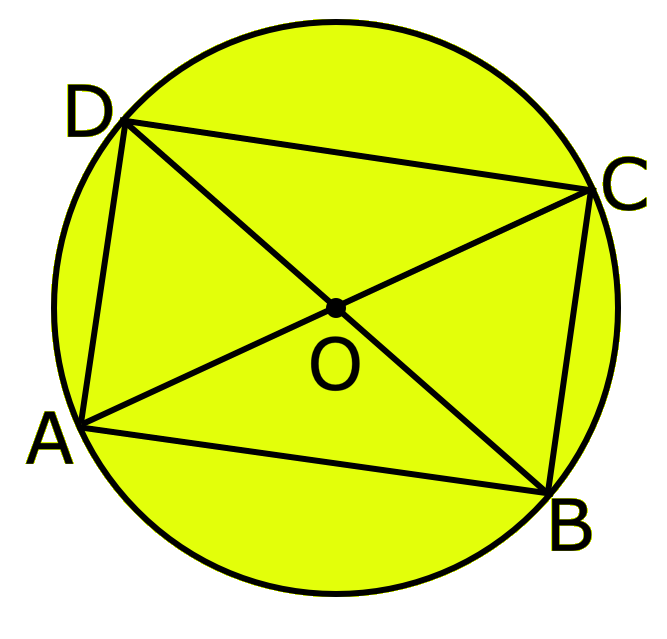
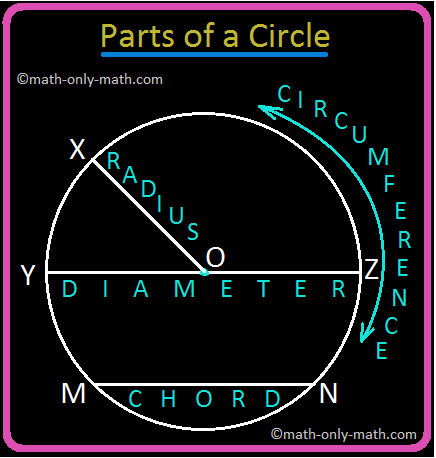
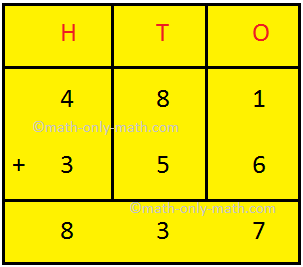
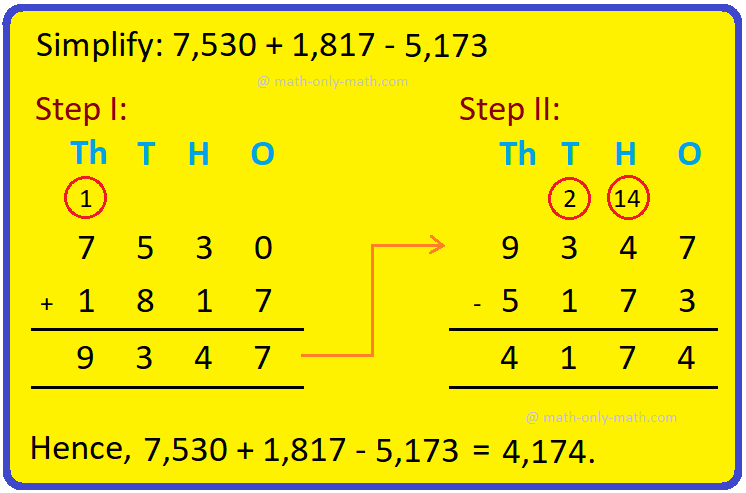
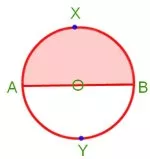
New! Comments
Have your say about what you just read! Leave me a comment in the box below. Ask a Question or Answer a Question.